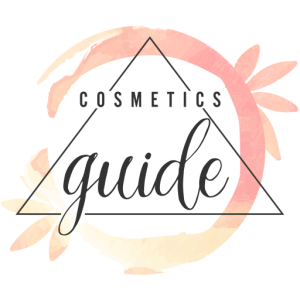Hey, girls!
Exfoliation is among the most important skincare stages. It has so many benefits that it’s hard to number all of them. However, you must do it the right way to get the desired effects. You must match a scrub to your skin type. How to do it? What are the types of exfoliators?
What are skin exfoliation benefits?
Exfoliating delivers amazing skin and body benefits. What are the effects? A scrub smooths wrinkles, brightens discolouration, increases blood flow and removes sebum and dead cells on the scalp. For great results, you should choose the right one for your skin type and needs.
Types of scrubs
- Mechanical, enzymatic and chemical scrubs are the most popular. Mechanical scrubs come in form of milks, creams or gels with abrasives (fruit peels, nut shells, sugar or salt crystals). Fine-grained exfoliators work for oily skin as they effectively clean skin pores and control sebum secretion. Coarse-grained scrubs are intended for body parts where the skin is thick (elbows, heels, legs, belly).
- Enzymatic exfoliators are designed for sensitive, dry and vascular skin. They contain plant enzymes that relax cell junctions. In this way, dead skin cells are eliminated, skin is smooth and supple, all imperfections are gone. Both enzymatic and mechanical scrubs work amazing before applying a self-tanner for an even ad natural-looking suntan.
- A chemical peel is used in professional salons only. It brightens pigmentation spots, smoothes wrinkles and exfoliates dead cells. Chemical exfoliators stimulate skin cell repair, improve the face shape and boost collagen production.
How to use exfoliators?
You must use them once or twice a week. If your skin is irritated after the exfoliation, change products or use them less often. The chemical peel can be done in winter and autumn, once a month. Why? The sunlight has a destructive impact on the skin that has been treated with chemical products. If you’ve gone for the procedure, remember about the sun protection; high sunblock.


Leave a Reply